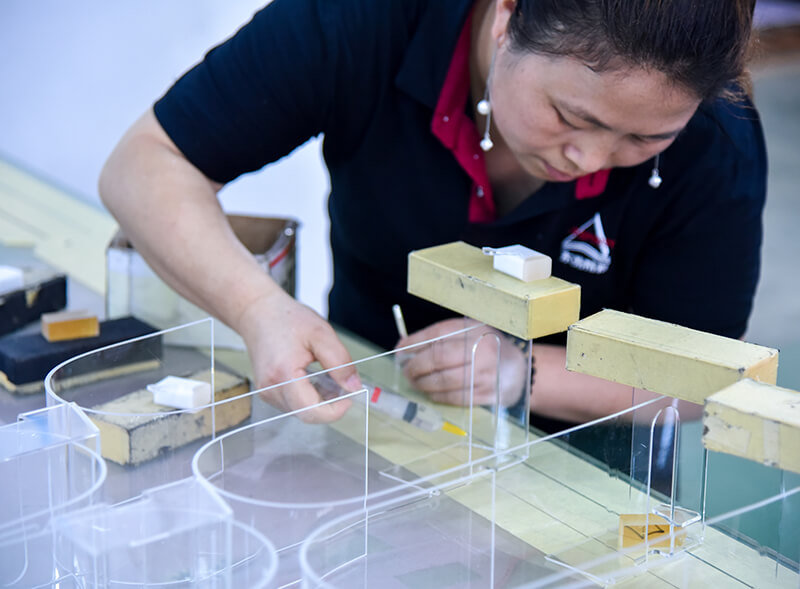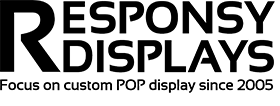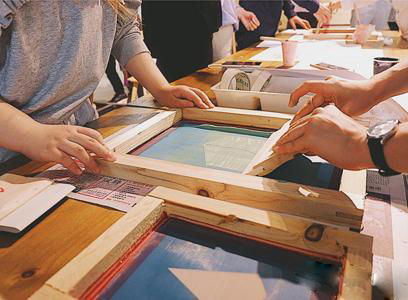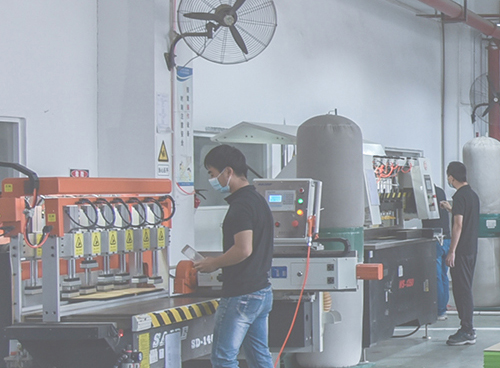Acrylic Bonding Like This, The Finished Product Will Be More Beautiful!
Acrylic is a special kind of plexiglass. The most widespread use of plexiglass is as a signage for display props. It is currently one of the most popular outdoor signage manufacturing materials in the world. In the prosperous business districts of international metropolises such as Paris, New York or Tokyo, you can see acrylic handicrafts everywhere.

Acrylic crafts involve many processes in the manufacture, of which bonding is a very critical link in acrylic processing. Usually four bonding techniques like butt joint, vertical bonding, flat inclined bonding or plane bonding are used in our workshop. The purpose is to squeeze out the air in between the two Plexiglas plates and inject the adhesive into the middle at the same time to improve the bonding quality.
Seamlessly bonding reflects the value of acrylic crafts and upscale acrylic crafts. The bonding technique is so important. Here are some common bonding techniques and their practical operation skills.
Butt joint bonding
Place the two acrylic plates to be butted horizontally on the operation platform, close up and stick a tape on the bottom, leaving a gap less than 0.3mm wide to apply the adhesive. Use a syringe to inject the adhesive from the side evenly and slowly from the gap until it is completely filled, and then remove the tape after it is fully cured.
Facade bondingFacade joint is one of the most widely used bonding techniques, and is widely used in the production of various acrylic products. First, the surface to be bonded should be wiped clean. It is better to use a positioning mold to avoid displacement, which is conducive to improving the quality of bonding. Acrylic plate with a thickness of less than 3mm can be bonded directly by injecting acrylic adhesive evenly and slowly from one side with a syringe. Acrylic plates with a thickness larger than 3mm can be bonded using thin metal wire. The metal wire can be drawn out before the adhesive is solidified, Or put the tape to protect the parts that do not need to be glued, leave the parts that need to be coated with the adhesive, and then put the acrylic board diagonally to extrude the bubbles.
Inclined plane bonding
The bonding slope must be against the mold at a 90-degree angle to prevent displacement of the bonding surface. When applying the adhesive, it should be applied evenly and slowly on the bonding surface. The mold cannot be removed until fully cured.
Plane bonding
Plane bonding is a special method. First, wipe the adhered surface clean, place it horizontally, and put a proper amount of adhesive on it. Another piece of acrylic adhere to the surface where glue is, place it evenly and slowl down, and bubbles are extruded to complete the adhesive bonding.
Notes:
1. All acrylic adhesives can corrode the surface of the acrylic board and leave marks that are difficult to eliminate, so you can use stickers to protect the parts that do not need to be bonded.
2. Grease, dust or air holes will cause bubbles, so they must be removed before bonding.
3. If the amount of adhesive used during bonding is too small, air will be brought into the adhesive when it shrinks.
4. Direct blowing will whiten the edge of the bonding surface due to the rapid volatilization of the adhesive.
5. The indoor temperature, humidity and other factors also have a certain influence on the adhesion of the acrylic board.
6. The stress on the surface of the acrylic plate and the surface stress and detritus caused by the cutting tool will affect the bonding effect of the acrylic plate.
7. Before the adhesive fully cure, direct exposure to sunlight for a long time will cause acrylic products yellowing, which will seriously affect the appearance of acrylic products.



